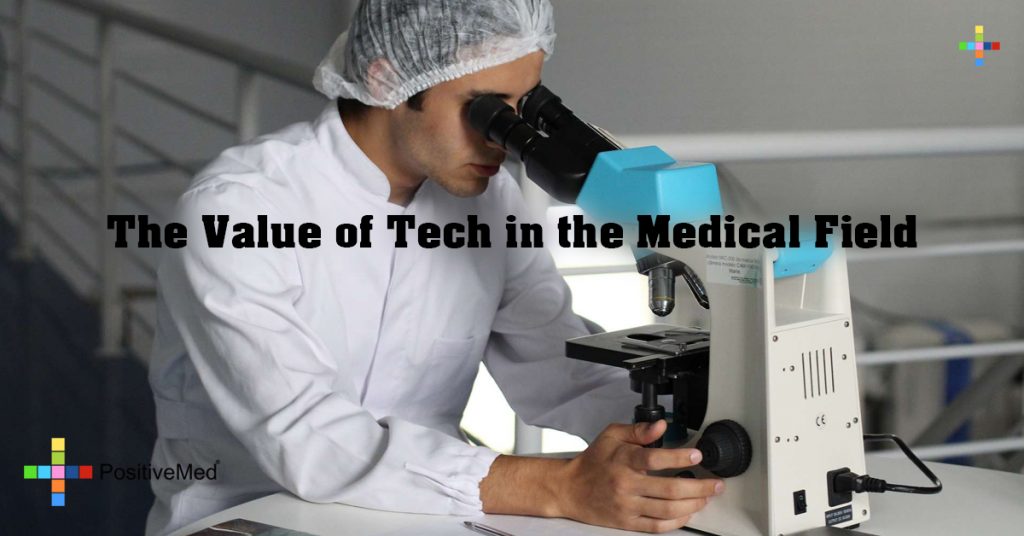
The Value of Tech in the Medical Field
Medicine is an incredibly complex field. There is an unbelievable volume of information that is generated on each patient and must subsequently be managed securely and with immediate access to those who need it. It begins with basics like a patient’s date of birth, and ranges through a lifetime of medical history and insurance information, as well as ongoing treatments for the day.
For centuries, every bit of that was tracked on paper, with the ever-present risk of misread handwriting, stains from spilled liquids, and even fires in the records rooms. This tenuous system has shown its weaknesses in countless instances, in everything from allergic reaction mix-ups to unpaid services and everything in between.
In time, though, technology came to the rescue. We now have all kinds of interconnected tools for managing health information for patients. Hospital staff in one facility can take an x-ray or MRI and send it to a specialist thousands of miles away for analysis, saving valuable time and keeping the patient from making a trip that could be too demanding on an already-ailing body.
But that is truly just the tip of the iceberg. The benefits of technology for patients go far beyond the immediate area of treatment by doctors and nurses. Respiratory therapists, radiological technicians, physical therapists, and countless others can scan a barcode on a patient’s bracelet, before scanning products and medications prescribed to the patient. They are linked instantly to the patient’s records, available immediately for anyone involved in that patient’s care.
With so many systems in operation today, the challenge is not in finding a system, but in choosing one out of the many that are available. There are many options for medical billing systems that can each satisfy a particular niche. Decision makers in hospitals and clinics just need to utilize a tool that allows them to compare the various options and see which one fits best with their needs. Once a system is in place, the benefits begin to build up.
One of the first areas that these systems help is in billing accuracy. When patients are billed incorrectly, someone always loses. If the bill is too low, the practice suffers. If it’s too high, the patient suffers. And if a discrepancy is found by one party or the other, the resulting process of correcting it can prove very costly. In these days of razor-thin profit margins, that situation doesn’t benefit anyone. Technology helps facilitate a very appealing billing experience.
Of course, more important than money is human life. Medical care today is very complicated, with every patient simultaneously receiving multiple medications and other interventions. Those patients trust their practitioners to prescribe the correct combination of treatments to maximize their health and reduce the likelihood ofreactions, complications, and overdoses.
With so much at stake, electronic systems can make it possible to mitigate the errors caused by caregivers who are interrupted or otherwise kept from entering data correctly by hand. And because the overall system is tracking everything in real time, any other caregiver has up-to-the-minute information about what’s being done by others involved in the patient’s care.
In the days of Hippocrates, the father of modern medicine, no one could have imagined the incredible things that physicians would be accomplishing years later. But they also could never have anticipated the immense volume of information that would be tracked and used for every single patient. Electronic systems gather all of those bits of data and put them into a secure, manageable format that not only optimizes care but also keeps the medical provider on solid ground for timeliness, accuracy, and financial durability.







